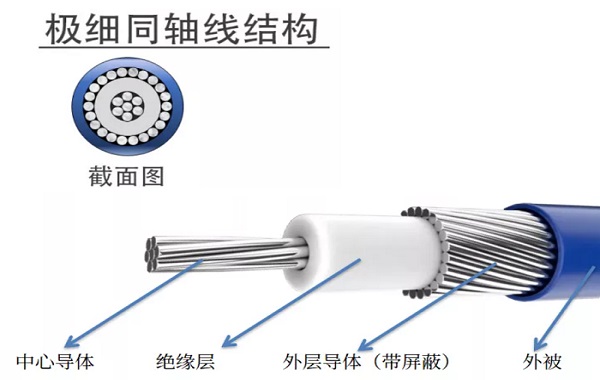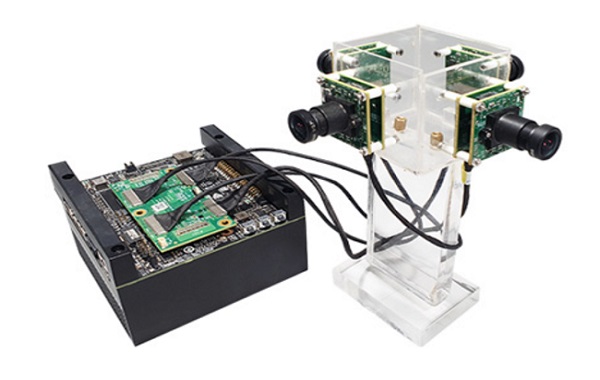Categorization:Harness Component

One, the characteristics of tin-plated center conductor
Tinning is mainly used to protect copper conductors from oxidation, enhance corrosion resistance, and improve stability during welding. As tin can form a stable oxide film in the air, using extremely fine tinned conductor coaxial cables in everyday operating environments offers good protective performance. In addition, tin has good wettability, making it easier for the cables to achieve reliable connection effects during welding or crimping.
But from the perspective of high-frequency electrical performance, the conductivity of tin is relatively low, only about 1/13 of silver. When the signal is in a high-speed transmission state, it will concentrate on the surface of the conductor due to the skin effect, and at this time, the low conductivity of the tin-plated layer will amplify the insertion loss and cause signal attenuation. Therefore, tin-plated conductors are more suitable for applications with medium-speed transmission or low requirements for high-frequency loss.

Silver center conductor characteristics
Silver plating is one of the most effective ways to improve the electrical performance of high-speed cables. Silver has the highest electrical conductivity among all metals (about 105% IACS compared to copper), showing extremely low surface resistance in high-frequency transmission, which can effectively reduce attenuation caused by skin effect. Silver-plated central conductors can significantly reduce high-frequency losses, enhance signal integrity and anti-interference ability, and are suitable for designs with higher data rates and longer cables.
In addition, silver has better heat resistance and antioxidant properties than tin, making it more advantageous under high temperatures, long-term use, or harsh environmental conditions. However, due to its higher material cost and the possibility of sulfidation, appropriate protection and cost assessment are required when it is applied.

3.1 If the product emphasizes reliability, solderability, and cost control, such as medium-speed signals or general internal connections, a tin-plated center conductor is a more common choice.
3.2 If the product focuses on high-speed transmission, low loss, and strict signal integrity requirements, such as MIPI, HDMI, USB4, Thunderbolt, and other high-speed links, silver-plated conductors have more advantages.
Engineers usually weigh the tin-plated or silver-plated solutions based on transmission speed, cable length, application environment, and overall cost requirements. In some high-end equipment, the use of silver-plated cables has become an inevitable trend.

I amSuzhou Huichengyuan Electronic TechnologyLong-term focus on the design and customization of high-speed signal cable harnesses and ultra-fine coaxial cable harnesses, committed to providing stable and reliable high-speed interconnection solutions. For more information or project requirements, please contact Manager Yin.:18913280527 (WeChat same number)。